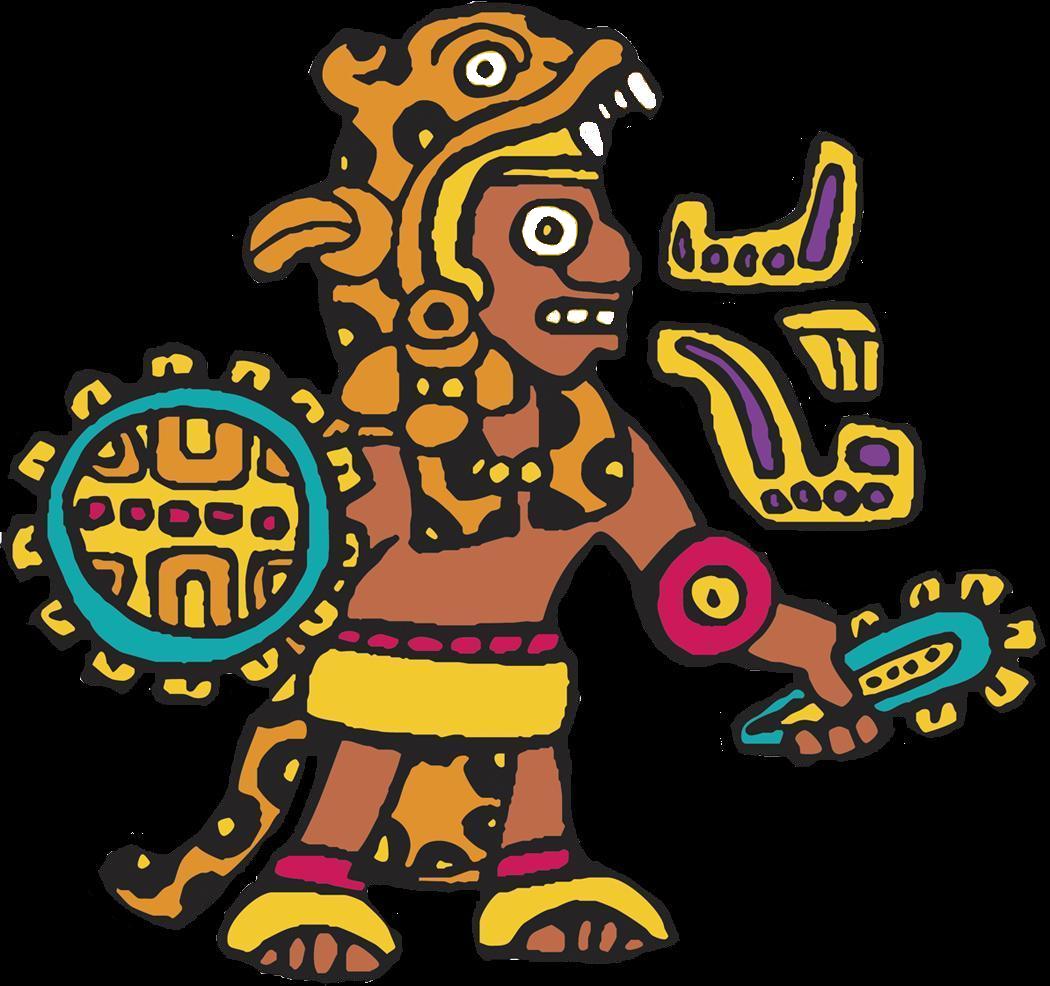
NDN Support Latin America
coloured.jpg)
Human sacrifice
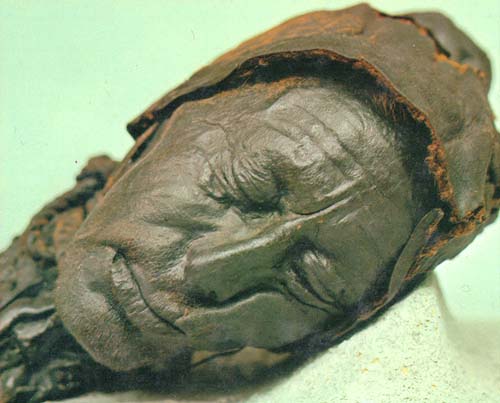
panic countries, as bullfights are a remnant of the old gladiator fights. In antiquity, the same era as the Romans, lived also the Celts. The centre of their culture was in France (then Gaul) but it had spread out to Britian, Helvetia (Switzerland), Germania (Germany), the Iberian peninsula (Spain and Portugal), etc. Especially Denmark became known for the discovery of the Gundestrup Cauldron, a dis-
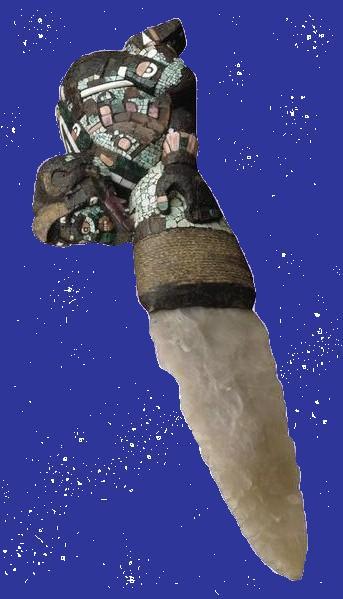
covery that taught scientist quite a lot about Cel-
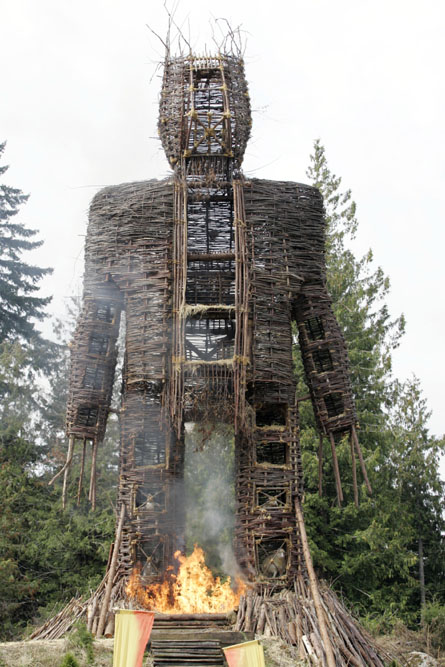
Tollund Man
tic culture and religion, including human sacri-fice. Many bodies have been found in the swamps of people who had been ritually sacri-ficed to the gods. The acids that were contai-ned in the peat however, preserved Tollund Man (Tollund, also in Denmark) so well, that the people who found him warned the local po-lice, because they thought they were dealing with a murder. Another way of human sacrifice the Celts carried out was burning a large num-ber of people or animals alive in wickermen, a huge human-shaped figure made of wicker, usually reed. In this was evidently a large scale practice too. It is also known that the Vikings would throw someone overboard if the sea was getting very rough, because they thought that someone must have angered the gods and this was a way to appease them.
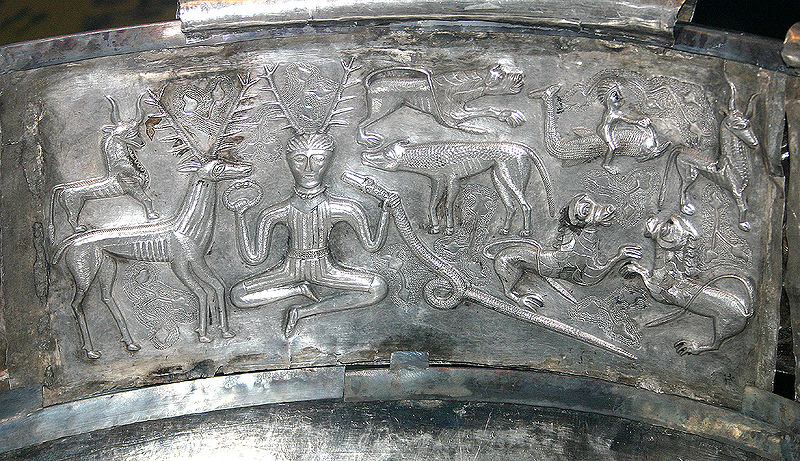
Detail on the inside of the Gundestrup Cauldron. In the centre is the god Cernunnos.
A wickerman
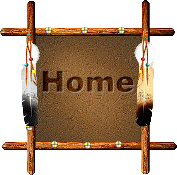
back to articles



3
3